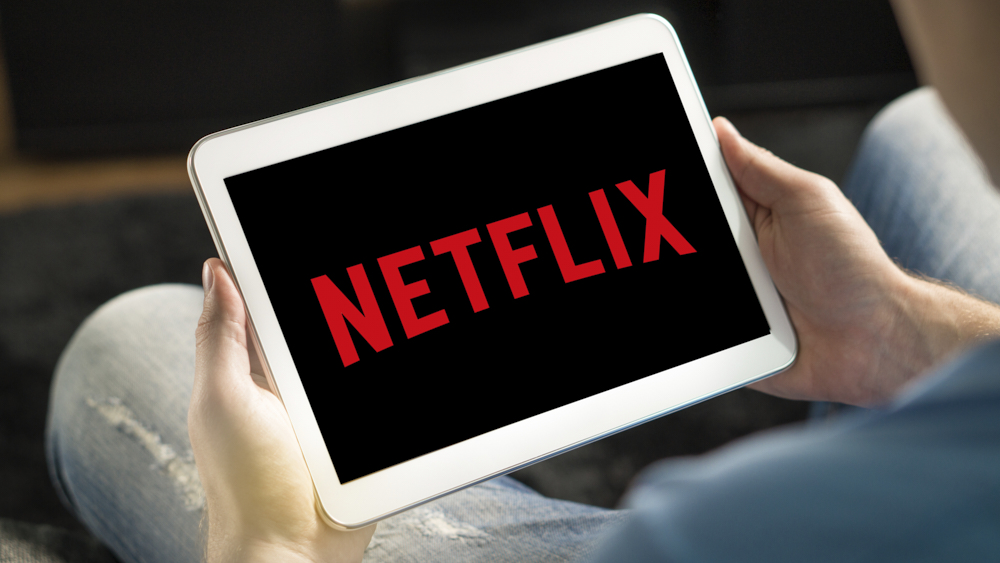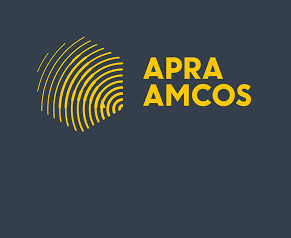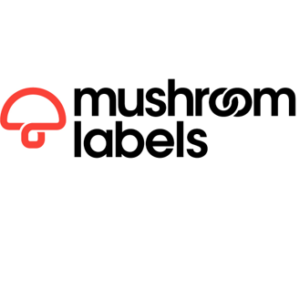Netflix may dive into the ad-supported VOD space as soon as the fourth quarter of 2022 — and crack down on freeloaders who use paying customers’ passwords — sooner than it originally signaled.
Last month, as Netflix reported an unexpected drop in streaming subscribers in Q1 and forecast a 2 million sub loss for the second quarter, the company announced plans to roll out a lower-cost version of its streaming service with ads. Co-CEO Reed Hastings told investors at the time that Netflix would “figure out” the AVOD strategy “over the next year or two.”
The company has evidently accelerated that timeline: Netflix informed employees of a Q4 target date for the ad-supported tier in a recent memo, the New York Times reported, citing two anonymous sources. A Netflix rep declined to comment.
In addition, around the Q4 timeframe, Netflix expects to more widely launch efforts to convert password-sharing users into paying customers, per the Times report. Netflix last month said it’s looking at ways to get paid by the estimated 100 million-plus households that currently use a shared password to access the service. It has kicked off a test in Chile, Costa Rica and Peru that lets subscribers pay an additional fee to let people outside their household access the service.
No details have come to light about what Netflix’s AVOD tier would cost or how advertising would be presented. In the U.S., Netflix’s standard two-stream HD plan is $15.49/month. The company will continue to offer ad-free packages to customers worldwide.
Some of Netflix’s biggest competitors already offer cheaper, ad-supported plans, including Hulu, HBO Max, NBCUniversal’s Peacock and Paramount+. In addition, Disney has outlined plans to launch an ad-supported version of Disney+ starting late in 2022 in the U.S.
Netflix’s embrace of AVOD comes after years of execs insisting the streamer wouldn’t introduce ads into the streaming-video experience. But its recent paid-subscriber slowdown — which precipitated the biggest-ever decline in Netflix stock — clearly changed the calculus.
“Those that have followed Netflix know that I’ve been against the complexity of advertising and a big fan of the simplicity of subscription,” Hastings said on Netflix’s Q1 earnings interview on April 20. “But as much as I’m a fan of that, I’m a bigger fan of consumer choice. And allowing consumers who would like to have a lower price and are advertising-tolerant get what they want, makes a lot of sense.”
Netflix does not “have a lot of doubt that” the advertising model works, Hastings added, citing Hulu and HBO Max’s AVOD tiers and the upcoming plans for Disney+. “I’m sure we’ll just get in and figure it out — as opposed to test it and maybe do it or not do it.”
In tightening the screws on password-sharers, the company could generate an additional $1.6 billion per year if it can successfully convert those users into paying customers across its global footprint, according to one analyst estimate.
From Variety US


































